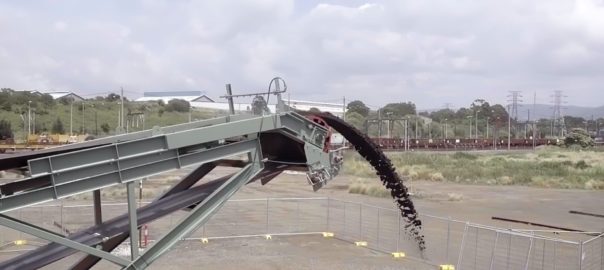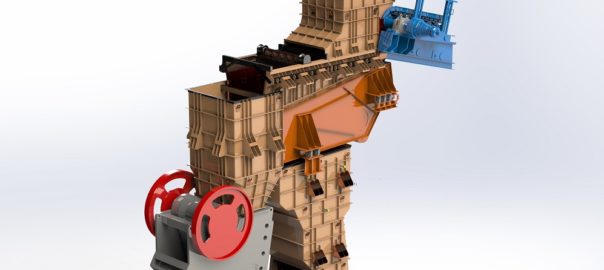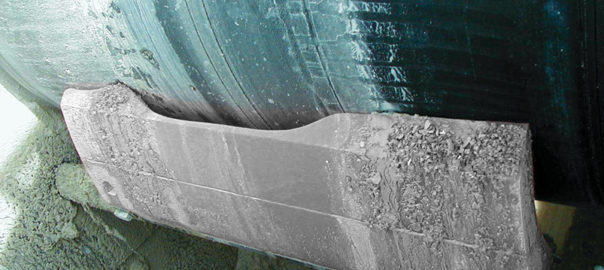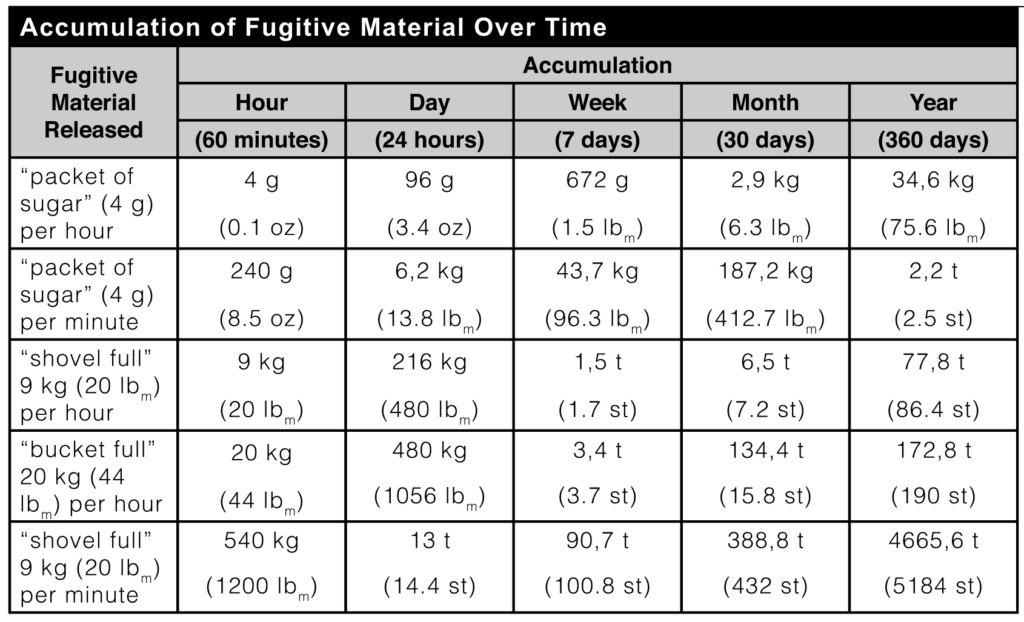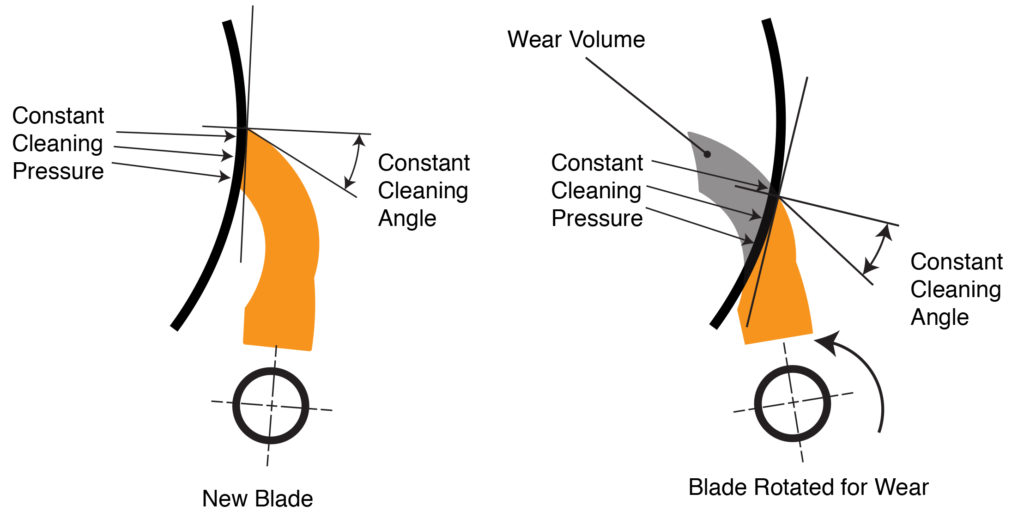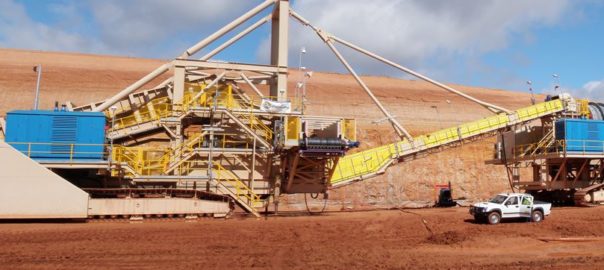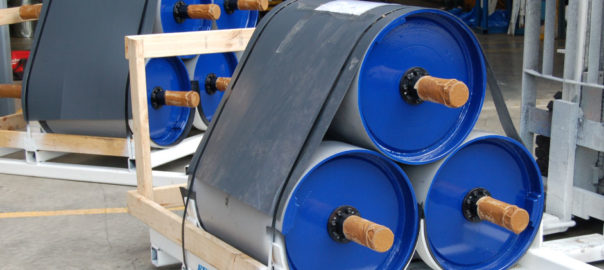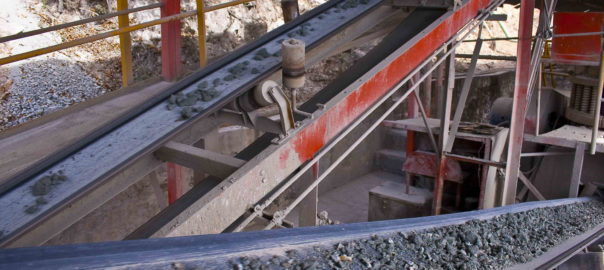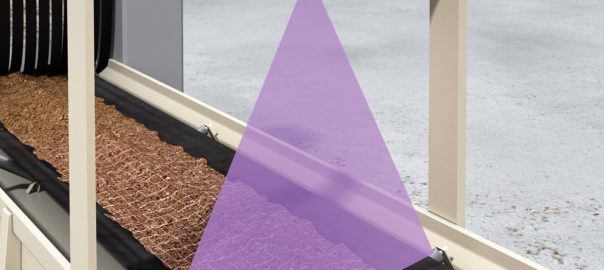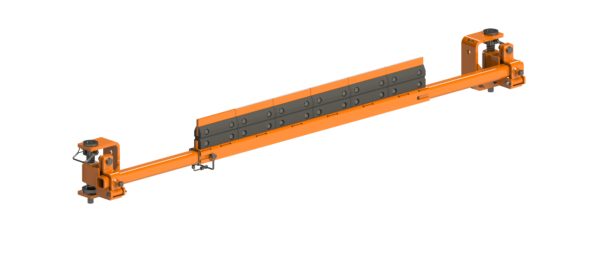NEPEAN Conveyors’ New South Wales General Manager, Bill Munday, thinks its relocatable conveyor system will “change the game for materials handling” in 2019.
Munday said this to the Australian Mining publication during a site visit to Port Kembla.
NEPEAN’s Relocatable Conveyor system has taken over two years of research and design to develop and “promises to upend the traditional approach to conveyor design on account of its improved mobility, operational flexibility, ease of transport and speed of installation”, the company said.
Instead of building conveyor parts to meet the needs of freight shipping container dimensions, the NEPEAN Relocatable Conveyor is a half-height high cube portal frame configuration certified for standard freight shipping.
This means the conveyor is transportable anywhere in the world as a fully assembled unit, according to the company.
The frames are 12 m long, with the unit inside supporting belt widths of up to 1,800 mm on straight conveyors and 1,600 mm on curved conveyors. Roof-mounted wind guards are also available for each module in a single curve or straight two-piece configuration.
The modules can be triple stacked on a prime mover and unloaded in one bundle using standard container handling equipment, which can then place each module in line for final connection, according to the company.
This approach vastly reduces the total install cost per lineal metre by minimising both time and staff requirements during setup, NEPEAN said.
“One of the areas we really wanted to target was logistics,” Munday told Australian Mining.
“It can turn into a real logistical exercise moving all this equipment from one site to the next and doing so efficiently. The beauty of having a half-height hi cube shipping container format is that they can be multi-stacked on ships, trains or trucks,” he said.
“You can potentially get nine modules per road train at a length of 12 m per module.”
The frame’s integral legs can be set in place by removing a pin, folding them out and replacing the pin to lock the legs in position, minimising ground works.
The foot plates also have holes in for additional stakes to be inserted, which adds stability and security.
Once the modules are aligned to an installation jig on the ground – adjustable for idler spacing and roller configurations – the structure can be super elevated by up to 7° and banked around corners, according to the company.
“All the equipment is pre-designed for a fully functioning conveyor and the container module is just part of the system,” Munday said. “We have also designed a unique one-piece head end that incorporates a drive system up to approximately 4,000 kW, a loop take-up and delivery jib that can be put on a 200-t float to transport around mine sites. It is held in place by large ground anchors — there’s minimal concreting or civil works — you just dig a couple of holes and bury the ground anchor.”
In addition to significantly lowering civil works and installation costs, the NEPEAN Relocatable Conveyors mobility allows it to be adaptable to changes in mining operations and positions it as a true alternative to mine trucks when it is time to move the conveyor on site, according to the company.






